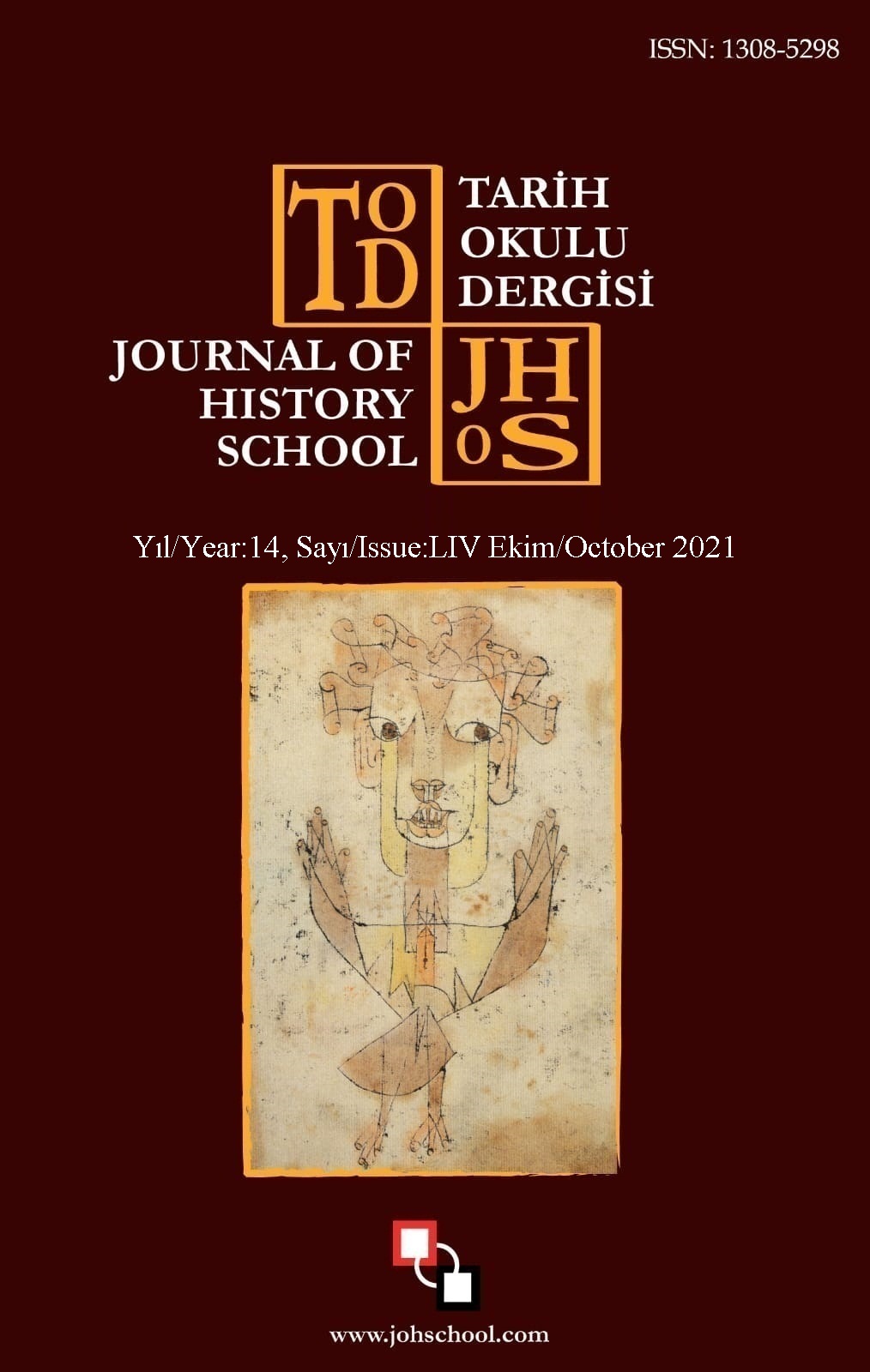KADI SİCİLLERİ IŞIĞINDA 1629-1631 YILLARINDA RUHA, BURSA VE ANKARA ŞEHİRLERİNDE KÖLELER VE CÂRİYELER
Author :
Abstract
Yahudilik ve Hristiyanlıkta olduğu gibi İslâm dinince de onaylanan kölelik müessesesi, kuruluşundan itibaren Osmanlı Devleti’nde var olmuştur. Ancak bu müessesenin, devletin farklı coğrafyalarında yer alan şehirlerinde sosyo-iktisadî koşulların da etkisiyle kendine özgü pratikleri oluşmuştur. Şehirlerde köleliğe dair oluşan bu pratikleri ortaya çıkarmak için çalışma farklı özelliklere sahip üç Osmanlı şehri Ruha, Bursa ve Ankara ile sınırlandırılmıştır. Nitekim 1629-1631 yıllarında üç şehirde kölelik müessesesini aydınlatarak bu şehirlerin sahip olduğu özelliklerin köleliğe etkisini tespit etmek, böylece müesseseye yönelik uygulamaların benzer ve farklı yanlarını ortaya koymak genel anlamda bu araştırmanın özünü teşkil etmiştir. Bu amacı gerçekleştirebilmek için fiziksel özellik, azat, firar, efendi gibi bir köleyi ilgilendiren her detayın incelenmiş olması gerektiğinden araştırmada köleye dair ihtiva ettiği doyurucu nitelikteki bilgilerle oldukça zengin bir içeriğe sahip üç şehrin kadı sicilleri kullanılmıştır. Bu bağlamda çeşitli nedenlerle gerek efendi, gerek köle, gerekse başka kişilerce sicillere yansıyan dava kayıtları incelenmiş ve elde edilen bulgular, alana münhasır yapılan diğer çalışmalarla birlikte değerlendirilme yöntemiyle üç şehirdeki kölelik kurumu aydınlatılmaya çalışılmıştır. Kadı sicillerine yansıyan detaylar sonucunda, aynı yıllarda farklı kimliklere sahip üç şehirdeki kölelerin durumlarının tamamen aynı olmadığı; efendilerin, İslâm hukukunun kölelere yönelik koymuş olduğu kurallar çerçevesinde hareket ettikleri; kural ihlallerinde ise kölelerin mahkemeye müracaat ederek hak arayışı içinde oldukları yapılan tespitlerden bazıları olmuştur.
Keywords
Abstract
As in Judaism and Christianity, the slavery institution accepted in Islamic religion has existed since the establishment of the Ottoman Empire. But this institute had its own practices in cities located in different geographies of the state, with the effect of socio-economical impacts. In order to reveal these practices about slavery in cities, the study is limited to three Ottoman cities with different characteristics, Ruha, Bursa and Ankara. The fact that, revealing the effect of the features of these cities on slavery by illuminating the institution of slavery in three cities between 1629 and 1631, thus revealing the similar and different aspects of the practices towards the institution, in general, constituted the essence of this study. Since every detail concerning a slave such as physical characteristics, emancipation, desertion, and master be examined in order to achieve this aim, Qadi registers of three cities, which have a very rich content with the satisfactory information about the slave, were used in the study. In this case records reflected in the registers, whether by master or slave or by other persons for various reasons, were evaluated with other studies carried out exclusively in the field, and the institution of slavery in the city was tried to be clarified. As a result of Qadi registers in details, the position of the slaves and concubines having different identity in these three cities weren’t completely the same. The masters used to act according to the rules of Islamic law, and if any violation of rules occured against the slaves or concubines, they could apply for the court.





